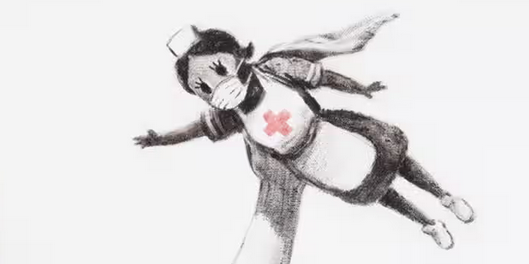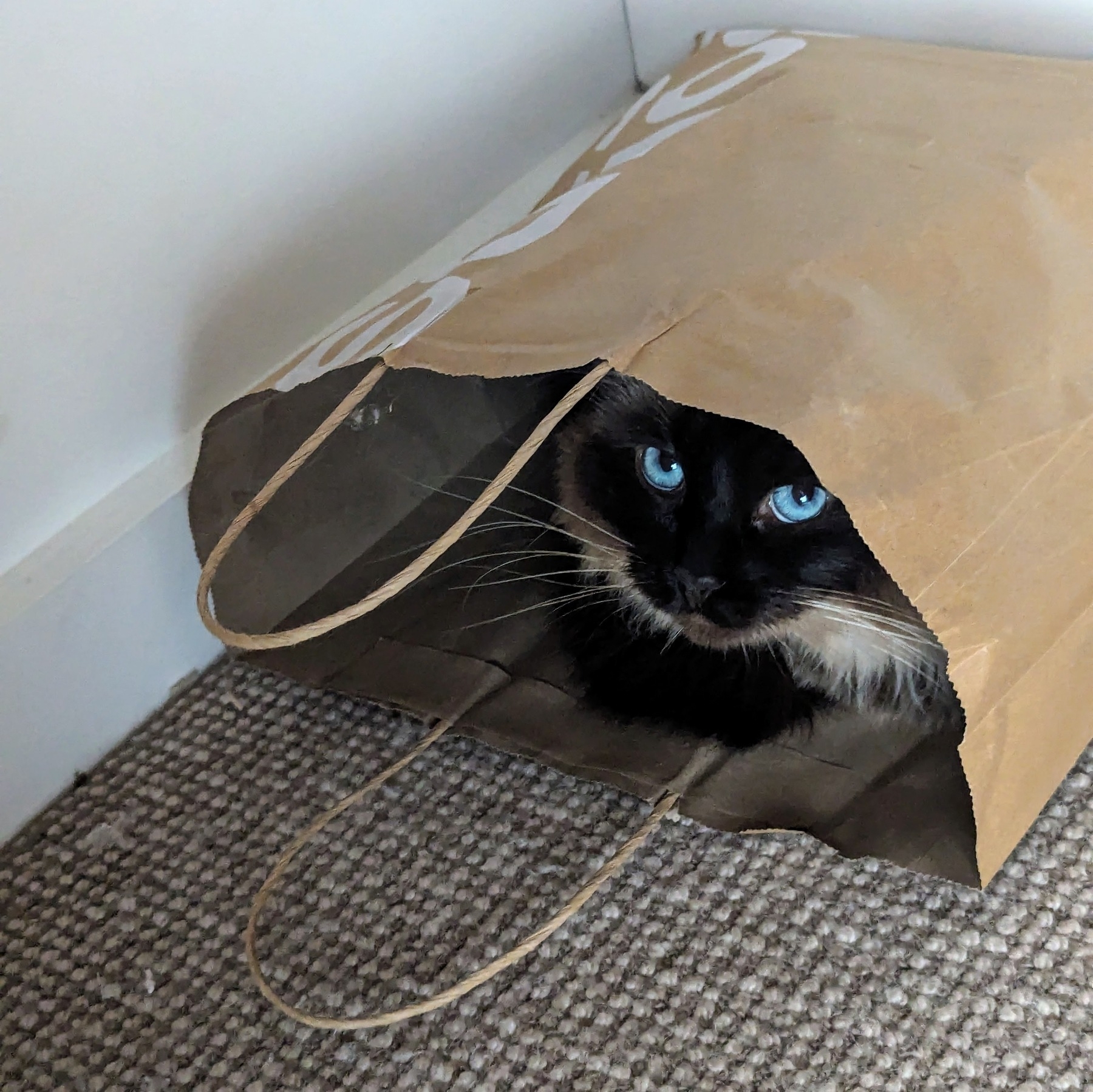Yes, we can be heroes, but does that mean we should be?
Yes really, we can be heroes. Thanks very much David Bowie! But if this sounds attractive, perhaps we should be careful what we wish for.
Do you want to be the hero of your own story? Perhaps you already are
According to reporting in Scientific American, imagining yourself as the hero of your own life gives you an increased sense of meaning.
“Our research reveals that the hero’s journey is not just for legends and superheroes. In a recent study published in the Journal of Personality and Social Psychology, we show that people who frame their own life as a hero’s journey find more meaning in it”.
But it’s not always great to be a hero
Meanwhile, from a quite different research perspective, comes a warning: Stanley and Kay (2023) caution that making people out to be heroic can inadvertently single them out for poor treatment from their peers.
“our studies show that heroization ultimately promotes worse treatment of the very groups that it is meant to venerate.”
Reading this I immediately thought of all those ‘heroic’ health workers who helped their communities through the COVID crisis at great personal cost and with very little long-term recognition (McAllister et al. 2020). In far too many cases, calling doctors, nurses and hospital workers heroes and even super-heroes ended up as quite tokenistic, little more than a way of justifying the exploitation of their labour. First they make you a hero, then they make you burn out.

Banksy’s artwork of a child playing with a nurse ‘superhero’ doll raised more than 16m for charity… but nurses' pay and conditions didn’t take off
Sometimes heroism isn’t what it seems
And here’s yet another, quite different warning: sometimes the person who sets themselves up as a classic hero is revealed to be anything but that. The case of Australian SAS fighter Ben Roberts-Smith is an extraordinary example of the moral jeopardy of a whole society desperate to believe in heroism. It seems this decorated and celebrated ‘war hero’ was really quite the opposite. The cover-up shows how much people want to believe in heroes, even when they don’t exist. This real-life tale has echoes of Beowulf to it. In Maria Dahvana Headley’s contemporary version (2021), the final words of that centuries-old tale ring painfully, bleakly, hollow with macho delusion:
”He rode hard! He stayed thirsty! He was the man! He was the man.”
So can we journey beyond the ‘hero’s journey’ already?
The hero’s journey trope has become so ubiquitous that it’s sometimes hard to remember that there’s any other kind of story. But there certainly is.
- Maureen Murdock (1990) and later Gail Carriger (2020) have both presented feminised versions of the heroic quest narrative. I’m not convinced that these heroine’s journeys are really all that different, though, since they still assume that heroism, albeit that of women, is where it’s at. At least there’s an attempt to re-balance the faulty idea that only men are at the centre.
- The New Yorker published a moving non-fiction account by Laura Secor of an Iranian woman’s bravery. The true story of journalist Asieh Amini doesn’t rely on a standard heroic arc, yet is highly effective. This is only one example of very many alternatives.
- Novelist Becky Chambers points out in a talk on YouTube that real life has no protagonists. Surely this can help us to question stale narrative forms, especially those which claim to be true to reality.
- Meanwhile, Christina de la Rocha is on a noble quest to put an end to the hero’s journey in literature and beyond. OK, not a quest. Perhaps she’d approve of Ursula le Guin’s claim that “the novel is a fundamentally unheroic kind of story”. More on that in a moment.
- Screenwriter Anthony Mullins has written a whole book showing that there’s plenty more than only one kind of character arc.
And author Jane Alison goes even further. In her book Meander, Spiral, Explode she notes that there are far more key patterns in literature than just the arc.
Not every story is a journey
Taking her cue from Joseph Frank’s book The idea of spatial form, and from Peter Stevens’s Patterns in Nature, Alison identifies some alternative or complimentary shapes.
I particularly like her concept of the story that meanders like a river, or ripples in waves and wavelets. These aquatic images remind me of something the former monk and psychotherapist Thomas Moore said about how life itself has a kind of liquidity to it:
“Your story is a kind of water, making fluid the brittle events of your life. A story liquefies you, prepares you for more subtle transformations. The tales that emerge from your dark night deconstruct your existence and put you again in the flowing, clear, and cool river of life.” (Moore, 2004, p. 61)
In his book on spatial form, Joseph Frank examines the structure of Djuna Barnes’s modernist novel, Nightwood. This novel doesn’t have a hero’s journey or a flowing river, but instead has a series of views or glimpses of life. He says:
“The eight chapters of Nightwood are like searchlights, probing the darkness each from a different direction, yet ultimately focusing on and illuminating the same entanglement of the human spirit . . . And these chapters are knit together, not by the progress of any action . . . but by the continual reference and cross-reference of images and symbols which must be referred to each other spatially throughout the time-act of reading.”
This searchlight metaphor is illuminating, but story structure can be yet looser, more diffuse than rivers and spotlights. I’m particularly taken with Ursula Le Guin’s carrier bag theory of fiction. Remember she said the novel is a fundamentally unheroic kind of story? If so then what is it?
“the natural, proper, fitting shape of the novel might be that of a sack, a bag. A book holds words. Words hold things. They bear meanings. A novel is a medicine bundle, holding things in a particular, powerful relation to one another and to us.”
Le Guin’s insight is itself based on the carrier bag theory of human evolution, as described in Elizabeth Fisher’s Women’s Creation (1979).
“The first cultural device was probably a recipient …. Many theorizers feel that the earliest cultural inventions must have been a container to hold gathered products and some kind of sling or net carrier.” 1
Not everyone needs to be a hero to be a valid person. Mostly it’s better when we’re not. And not every story needs to be a hero’s journey for it to be worth the telling. The idea of the hero can be useful in some circumstances, dangerous in others. But more often it just gets in the way. Sometimes it’s really about “complex skills and compassion”. Sometimes it’s less about hunting and more about gathering.
So now, do you still want to be a hero, you hero you?

Now read:
More than ever, embracing your humanity is the way forward
References
Alison, Jane. 2019. Meander, Spiral, Explode. Design and Pattern in Narrative. New York: Catapult.
Barber, Elizabeth Wayland. 1994. Women’s Work: The First 20,000 Years; Women, Cloth, and Society in Early Times. New York, NY: Norton.
Barnes, Djuna. 2006/1937. Nightwood, New York: New Directions.
Carriger, Gail. 2020. The Heroine’s Journey: For Writers, Readers, and Fans of Pop Culture. Gail Carriger LLC.
Fisher, Elizabeth. 1979. Woman’s Creation: Sexual Evolution and the Shaping of Society. 1st ed. Garden City, NY: Anchor Press.
Frank, Joseph. 1991 The Idea of Spatial Form, New Jersey: Rutgers University Press.
Headley, Maria Dahvana. 2021. Beowulf. A New Translation. Melbourne and London: Scribe.
Kaul, Aashish. 2014. Mapping space in fiction: Joseph Frank and the idea of spatial form. 3am Magazine
LeGuin, Kroeber, Ursula. 1989. “The Carrier Bag Theory of Fiction” in Dancing at the Edge of the World. New York: Grove Atlantic Press. Accessed at stillmoving.org/resources…
Margaret McAllister, Donna Lee Brien & Sue Dean (2020) The problem with the superhero narrative during COVID-19, Contemporary Nurse, 56:3, 199-203, DOI: 10.1080/10376178.2020.1827964
Moore, Thomas. 2004. Dark Nights of the Soul. London, UK: Piatkus Books.
Mullins, Anthony. 2021. Beyond the Hero’s Journey: A Screenwriting Guide for When You’ve Got a Different Story to Tell. Sydney, N.S.W: NewSouth Publishing.
Murdock, M. 1990. The Heroine’s Journey. Boston, MA: Shambhala Publications.
Rogers, B. A., Chicas, H., Kelly, J. M., Kubin, E., Christian, M. S., Kachanoff, F. J., Berger, J., Puryear, C., McAdams, D. P., & Gray, K. 2023. Seeing your life story as a Hero’s Journey increases meaning in life. Journal of Personality and Social Psychology, 125(4), 752–778. https://doi.org/10.1037/pspa0000341
Secor, Laura. 2015. War of Words. New Yorker
Stanley, M. L., & Kay, A. C. 2023. The consequences of heroization for exploitation. Journal of Personality and Social Psychology. Advance online publication. https://doi.org/10.1037/pspa0000365
Stevens, P. 1974. Patterns in Nature, New York: Little, Brown & Co.
-
See also Elizabeth Wayland Barber (1994) on women’s role in technology, textiles and the string revolution. ↩︎